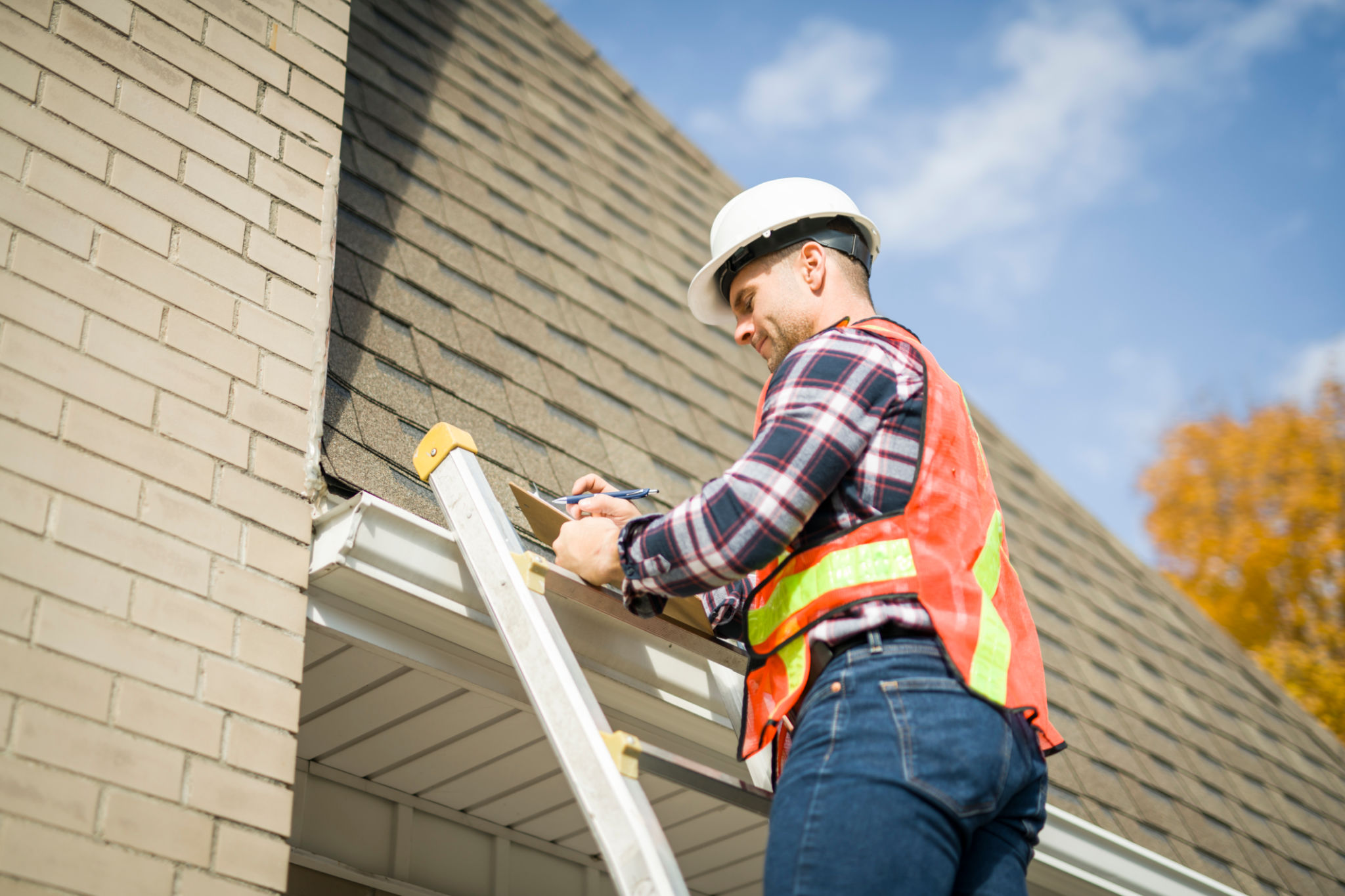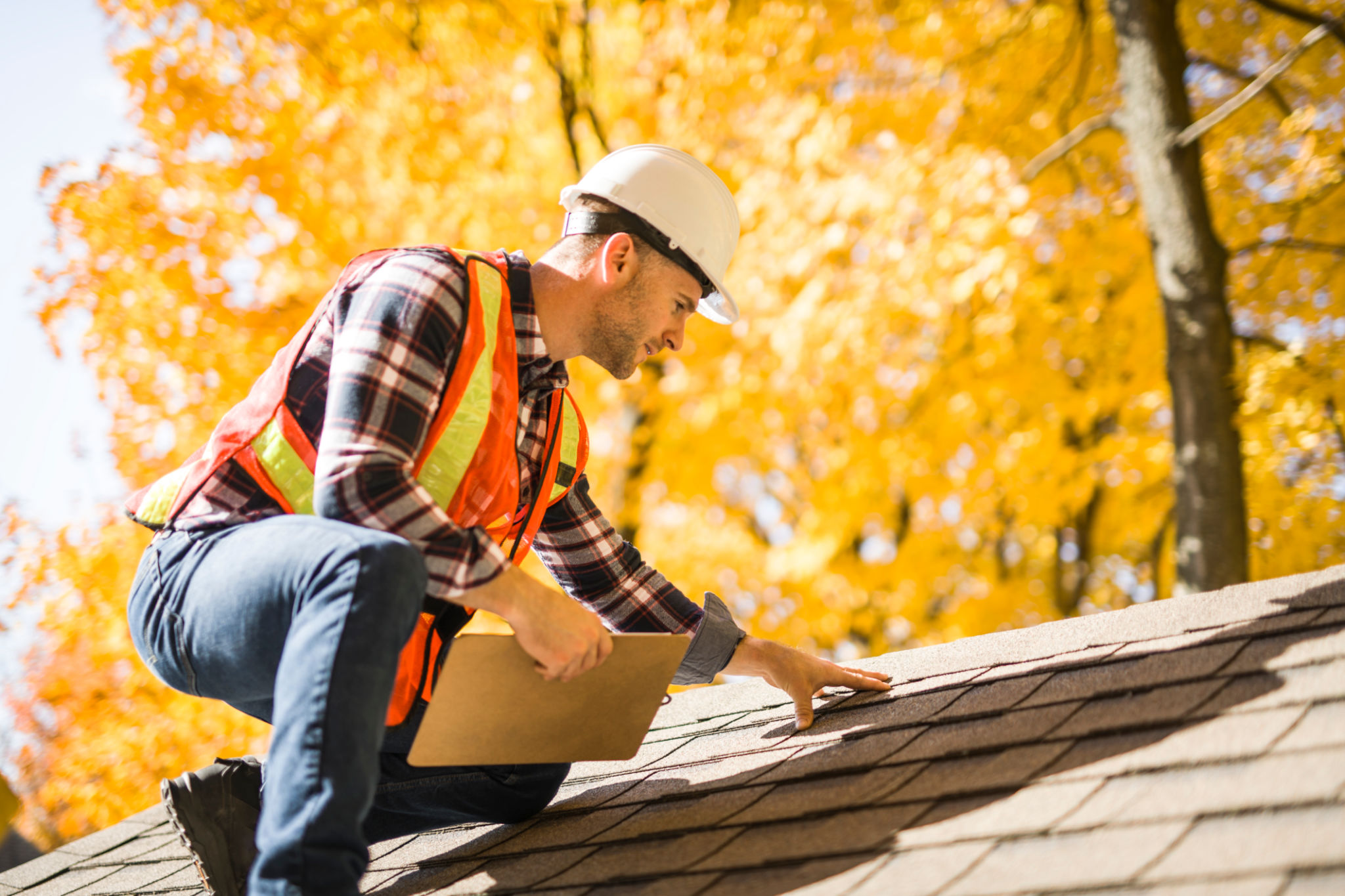The Importance of Regular Roof Maintenance for Longevity
The Role of Regular Roof Maintenance
Your roof is one of the most critical components of your home, acting as the first line of defense against weather elements. Regular maintenance is essential to ensure its longevity and functionality. A well-maintained roof not only protects your home but also adds to its aesthetic appeal and value.

Neglecting roof maintenance can lead to severe consequences. From leaks that can cause water damage to structural issues that may require costly repairs, ignoring minor problems can escalate into significant ones. Understanding the importance of routine checks and timely interventions can save homeowners considerable time and money in the long run.
Identifying Common Roof Issues
Common roof problems include loose or missing shingles, clogged gutters, and damaged flashing. Regular inspections help identify these issues before they worsen. Early detection is crucial because minor repairs are far less expensive than extensive roof overhauls or replacements.
Additionally, moss and algae growth can compromise the integrity of your roof. These organisms retain moisture, which can lead to rot and decay. Keeping your roof clean and free from such growths is vital for preserving its condition.

Benefits of Professional Roof Inspections
While some homeowners may opt for DIY inspections, hiring a professional offers several advantages. Experts have the experience and tools necessary to spot potential problems that might be missed by an untrained eye. They can provide a comprehensive assessment and suggest appropriate solutions.
Professional inspections typically involve a thorough examination of the roof's surface, checking for signs of wear, potential leaks, and any structural weaknesses. This proactive approach ensures that any issues are addressed promptly, extending the lifespan of your roof.

Creating a Maintenance Schedule
Establishing a regular maintenance schedule is essential for effective roof care. Ideally, inspections should be conducted twice a year, in spring and fall. This timing allows homeowners to address any damage caused by harsh winter conditions or prepare for the upcoming rainy season.
- Spring Inspection: Check for damage from snow and ice.
- Fall Inspection: Prepare for heavy rain and wind.
In addition to bi-annual inspections, it's advisable to check the roof after significant weather events like storms or hail, which can inflict damage that needs immediate attention.
The Cost-Effectiveness of Maintenance
Investing in regular roof maintenance is a cost-effective strategy that pays off over time. By preventing major damage through timely repairs, homeowners can avoid the substantial expenses associated with complete roof replacements. Furthermore, a well-maintained roof can enhance energy efficiency, leading to savings on utility bills.
Lastly, regular maintenance contributes to preserving your home's value. A sturdy, aesthetically pleasing roof is a selling point that can attract potential buyers and justify a higher asking price when you decide to sell your property.
